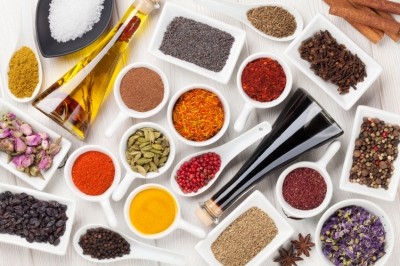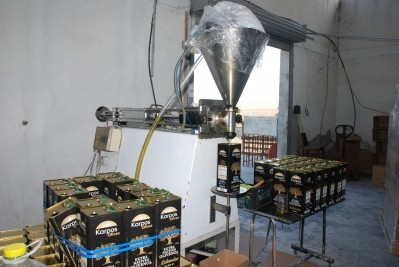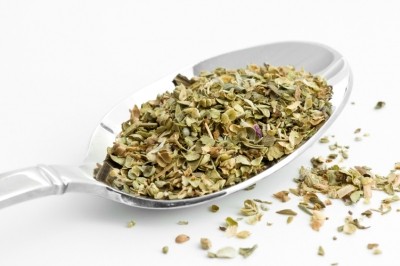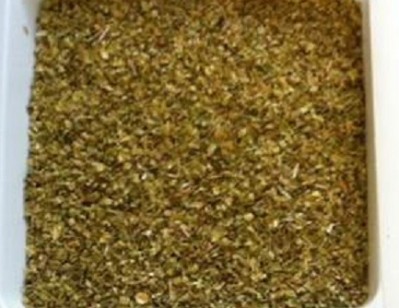40% of oregano tested was adulterated - Forbrugerrådet Tænk
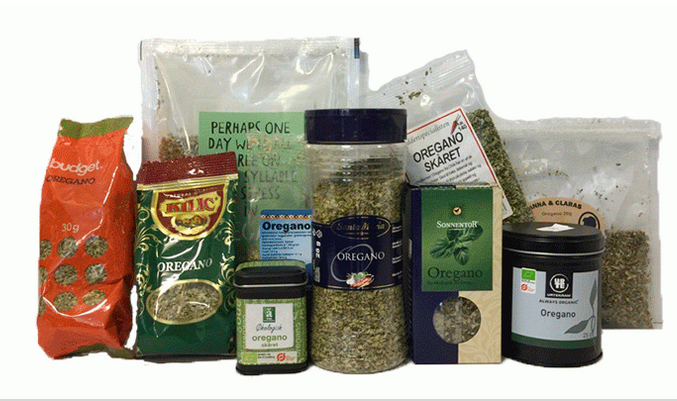
The amount of adulteration was so large that it is unlikely to be accidental contamination, said Forbrugerrådet Tænk.
In three of the products only about 50% of oregano was present and in a fourth there was around 70%.
The other ingredients included dried leaves from other plants such as olive or myrtle.
Bring attention to the issue
Forbrugerrådet Tænk used a lab to test samples using Fourier Transform Infrared (FT-IR) spectroscopy and chemometric modelling and mass spectrometry for confirmation.
Samples were bought and tested this summer from supermarkets and stores around Copenhagen.
It is the first time the consumer organisation had tested the commodity.
Forbrugerrådet Tænk said the 10 samples reflected the sample size it would normally use.
“We are a consumer organisation, we cannot test all products on the market but we can bring attention to the problem,” said Gitte Sørensen.
“We took one package from one batch as the consumer would do. Of course the results could be different between batches.
“[The results are] four too many, consumers should be able to trust they are getting what is on the label.
“All products were imported and we have followed-up with authorities and they will handle it.”
Oregano of the brands Änglamark, Robero Krydderier Oregano and Kilic Oregano contained between 50 and 70% of the herb. Oregano of the Budget brand contained only about 70%.
Product from Santa Maria, Sonnentor, Urtekram, Krydderispecialisten, Flying Tiger and Anna & Claras specialiteter was clear of adulteration.
DVFA: We may look at oregano again
Fødevarestyrelsen (the Danish Veterinary and Food Administration) told us it has contacted Forbrugerrådet Tænk regarding the results.
“We took nine samples of oregano at the end of 2016 but we found no signs of adulteration,” said the agency.
“The results from Forbrugerrådet Tænk makes us consider whether we again must take samples of oregano.”
Coop is investigating and until they can guarantee the quality of their oregano has decided to remove all Änglamark oregano from shelves.
Forbrugerrådet Tænk said it was inspired to look into the area following testing by consumer watchdogs in the UK and Australia.
Which? – the UK consumer organisation – found 19 of 78 samples contained other ingredients, mostly olive and myrtle but also cistus in 2015. They made up between 30-70% of the products.
Choice found seven of 12 twelve dried oregano samples in Australia contained other ingredients such as olive and sumac leaves last year. They made up between 50-90% of the adulterated samples.
